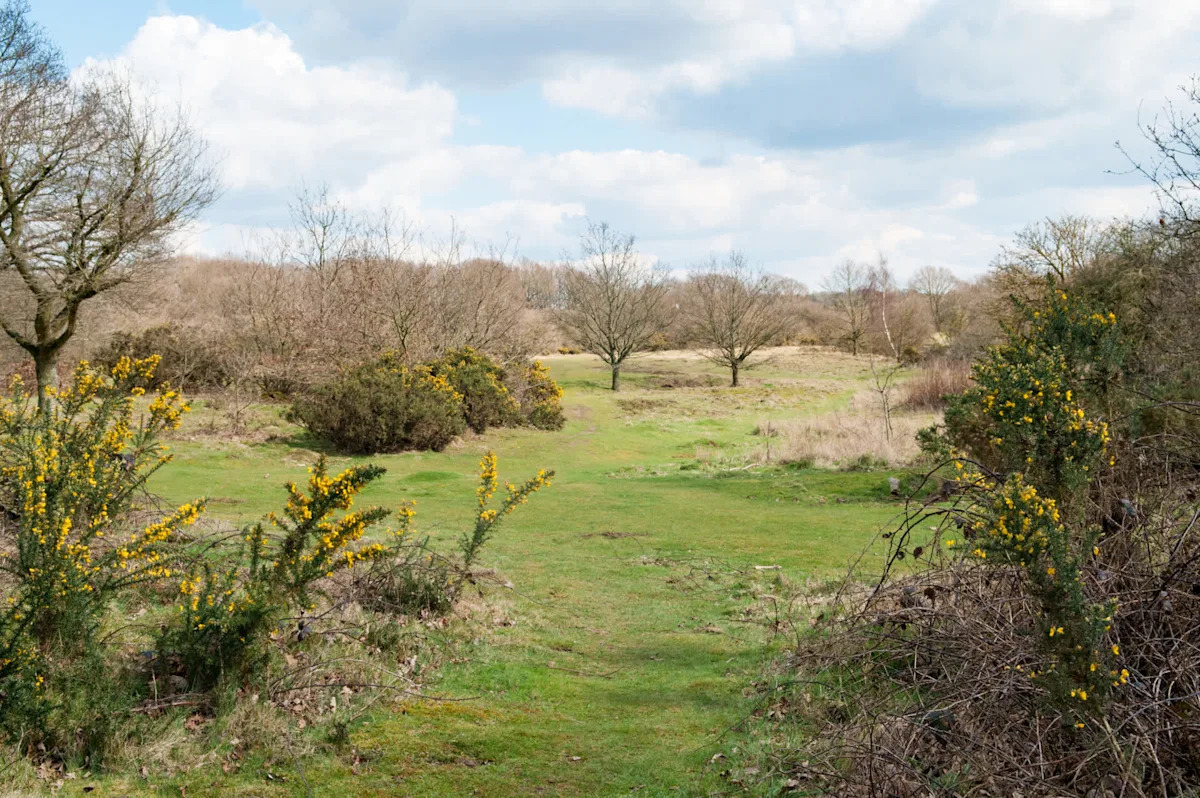A rare bumblebee has been recorded at a Welsh reserve for the first time, and experts are excited by its return.
The shrill carder bee, one of the United Kingdom’s most threatened species, was spotted at Bridewell Common on the Gwent Levels after years of restoration work.
The discovery was made by Gwent Wildlife Trust volunteer Bob Roome, who identified a queen bee during a routine survey. “It was so rewarding,” he told the BBC, noting that the moment showed years of habitat restoration are paying off.
Shrill carder bees were once widespread across Britain’s lowlands but disappeared from most regions during the last century. The loss of wildflower meadows — about 98% have been destroyed in England and Wales — has left only a few small populations scattered in Wales and parts of Southern England.
Gwent Wildlife Trust has managed Bridewell Common for six years. The team has spread seed-rich hay to boost wildflower cover, restored ditches, and introduced late-summer grazing so that pollinators have both food and nesting areas. Those changes created the conditions for the shrill carder bee to return.
Local farmers and residents have also noticed the difference. Fields near the reserve now hold more wildflowers through the summer, and the mix of plants supports butterflies and birds alongside bees. The return of these pollinators shows how restoring land for wildlife can improve the wider landscape too.
The discovery was more than a rare sighting. Healthy pollinator populations support crops, keep ecosystems balanced, and strengthen resilience as the climate changes. Such local projects show that nature can recover when given the chance.
Roome said the insect was proof of what can be achieved. “To see this rare bumblebee here, after so much work, shows what’s possible when nature is given space to recover,” he said.
Similar progress is being made in other places via efforts from roadside wildflower projects to community gardens. Each success points to the same outcome: When pollinators return, the benefits reach farms, food supplies, and neighborhoods.
Join our free newsletter for good news and useful tips, and don’t miss this cool list of easy ways to help yourself while helping the planet.
